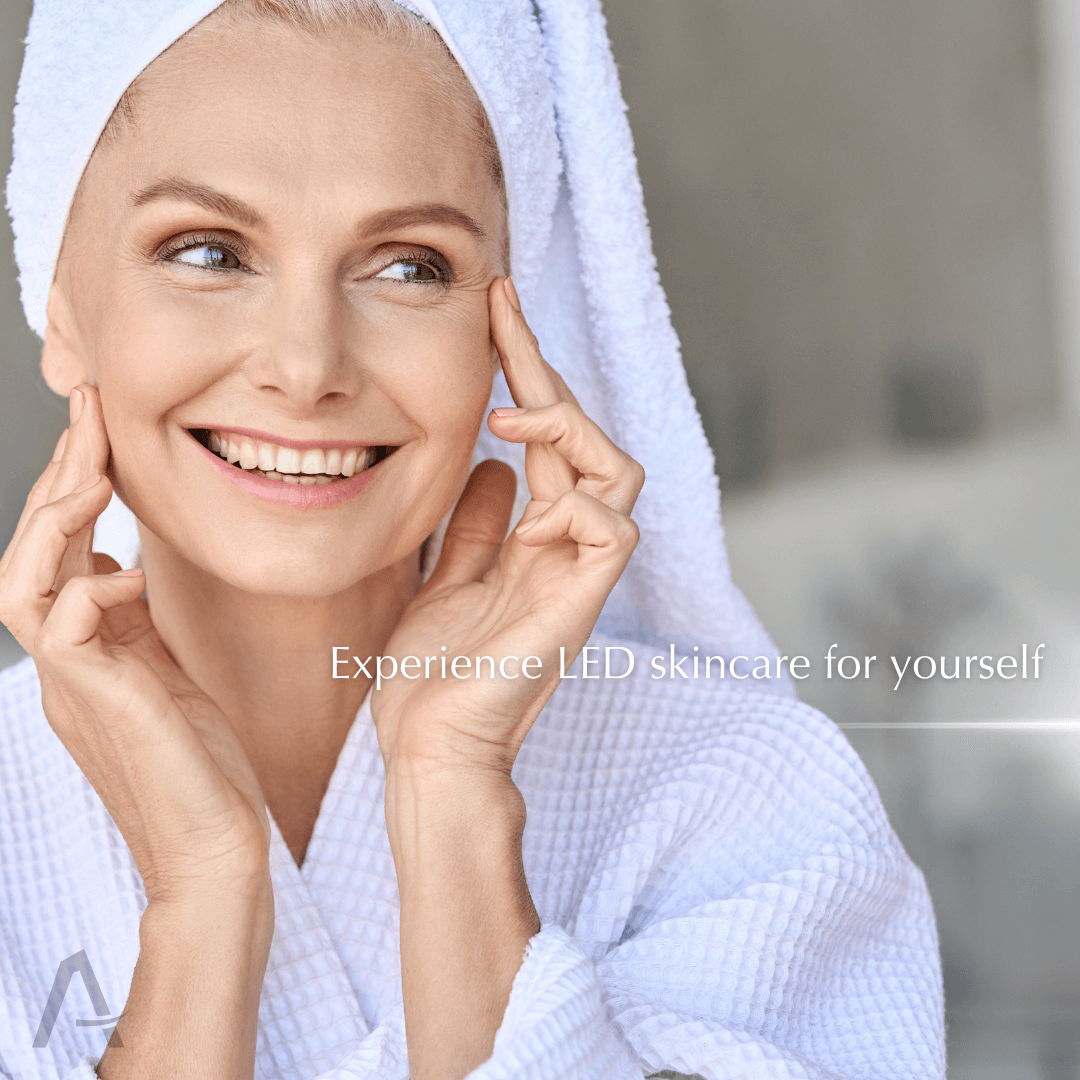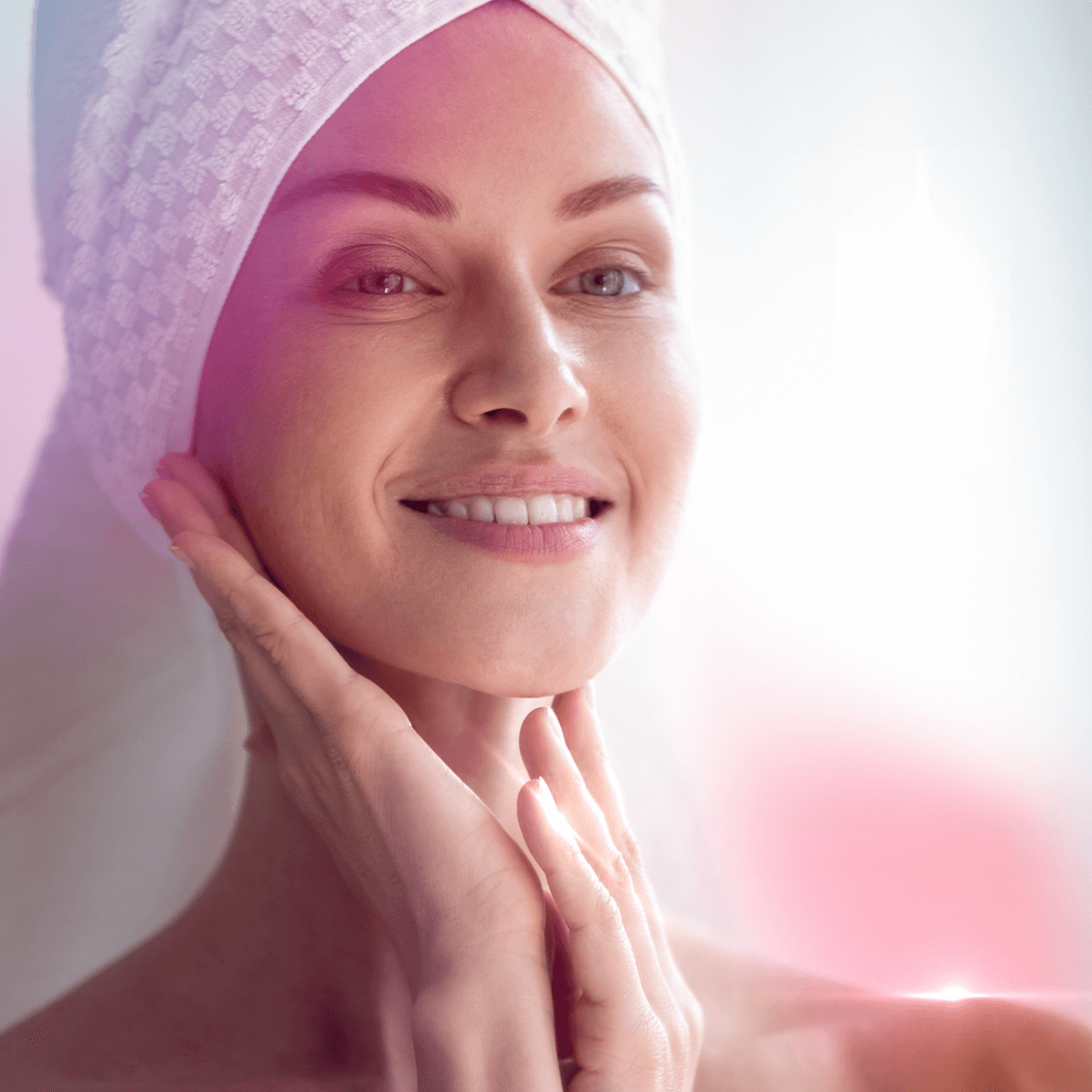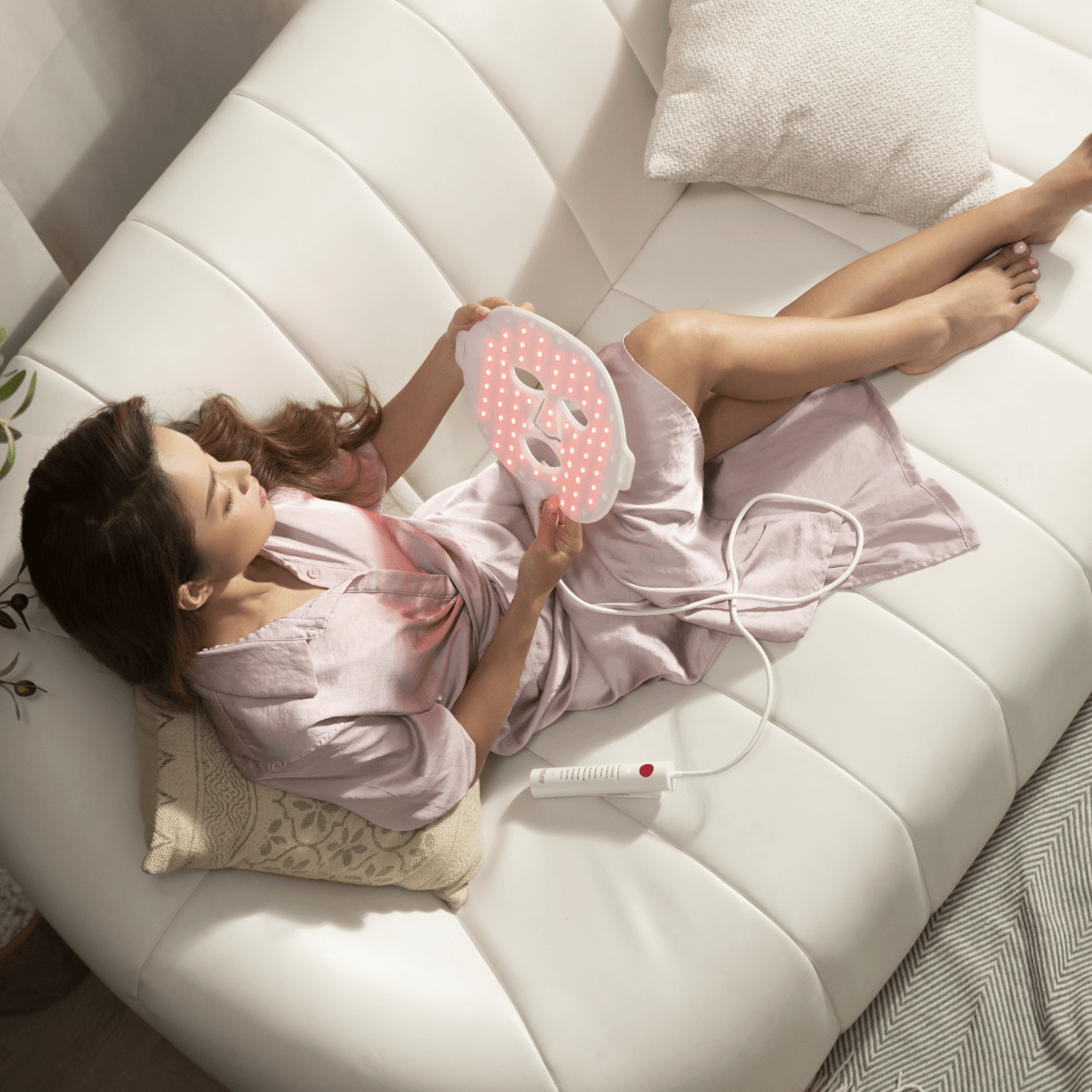How Long Does it Take for LED Light Therapy to Work?
LED light therapy has garnered attention for its ability to deliver non-invasive therapeutic benefits for various conditions. However, like all therapies, the efficacy and time frame for noticeable results depend on several factors.
Factors Affecting LED Light Therapy Results:
- Specific Condition Being Treated: Different conditions may respond at different rates to LED light therapy.
- Severity of the Condition: More severe cases might need prolonged therapy sessions.
- Frequency and Duration of Treatments: Regular and consistent treatments typically yield faster and more effective results.
- Individual Response to Therapy: Genetic factors, overall health, and other treatments can influence how a person responds to LED light therapy.
General Guidelines for LED Light Therapy Sessions:
Skin Conditions:
- Treatment Duration: 3-20 minutes per session.
- Expected Results: Significant improvements in conditions like acne or sun damage can often be seen after several weeks of multiple sessions. Usually, effects are felt after 2 weeks and visual results after 4 weeks, this is how long it generally takes for new skin cells to travel to the surface of your skin replacing old ones.
- Note: Individual results may vary.
At its core, LED light therapy aids by stimulating cellular activity and accelerating the body's natural healing processes. Thus, results tend to be cumulative, with benefits accruing progressively over consistent sessions
Sources:
Ablon G. Phototherapy with light emitting diodes: Treating a broad range of medical and aesthetic conditions in dermatology.
(https://www.ncbi.nlm.nih.gov/pmc/articles/PMC5843358/) J Clin Aesthet Dermatol. 2018;11(2):21-27. Accessed 12/2/2021.
American Academy of Dermatology. Actinic keratosis: An overview. (https://www.aad.org/public/diseases/skin-cancer/actinic-keratosis-overview) Accessed 12/2/2021.
American Academy of Dermatology. Leasers and lights: How well do they treat acne? (https://www.aad.org/public/diseases/acne/derm-treat/lasers-lights) Accessed 12/2/2021.
Cotler HB. A NASA discovery has current applications in orthopaedics. (https://www.ncbi.nlm.nih.gov/pmc/articles/PMC4272231/) Curr Orthop Pract. 2015;26(1):72-74. Accessed 12/2/2021.
Nakashima Y, Ohta S, Wolf AM. Blue light-induced oxidative stress in live skin. (https://pubmed.ncbi.nlm.nih.gov/28315451/) Free Radic Biol Med. 2017;108:300-310. Accessed 12/2/2021.
Sadowska M, Narbutt J, Lesiak A. Blue Light in Dermatology. (https://www.ncbi.nlm.nih.gov/pmc/articles/PMC8307003/) Life (Basel). 2021;11(7):670. Accessed 12/2/2021.
Skin Cancer Foundation. Basal Cell Carcinoma Overview. (https://www.skincancer.org/skin-cancer-information/basal-cell-carcinoma/) Accessed 12/2/2021.




Leave a comment
This site is protected by hCaptcha and the hCaptcha Privacy Policy and Terms of Service apply.